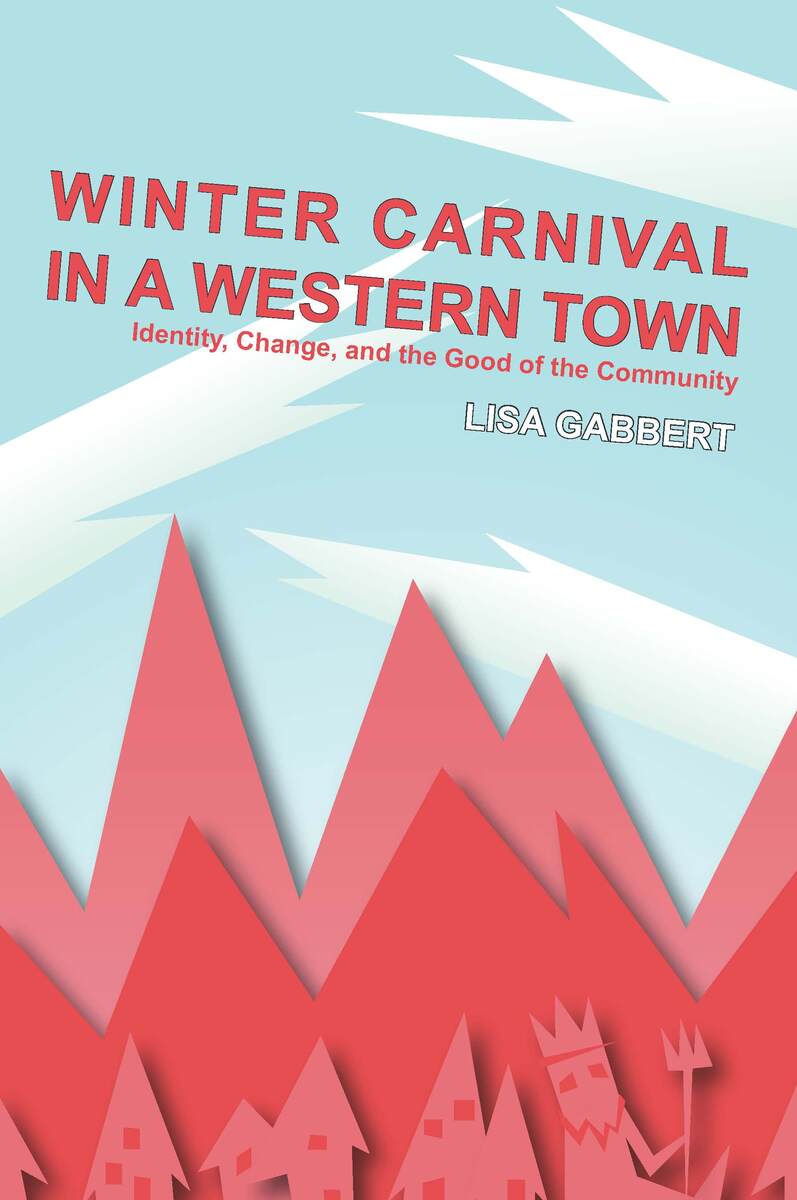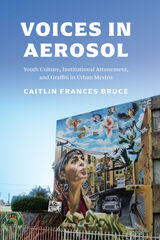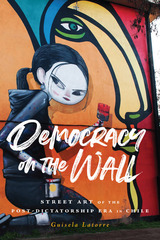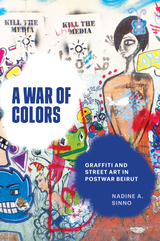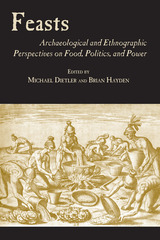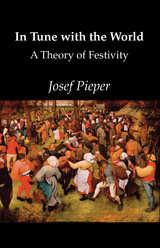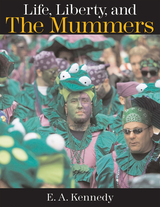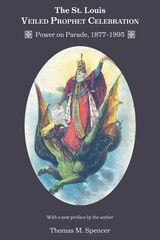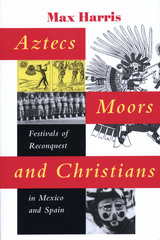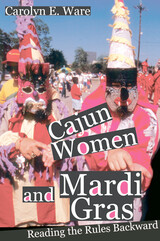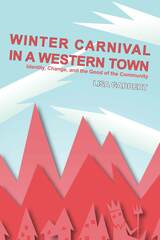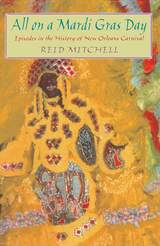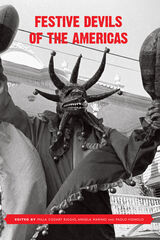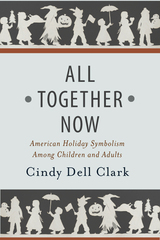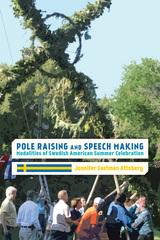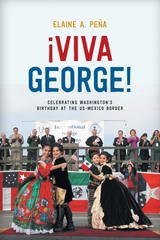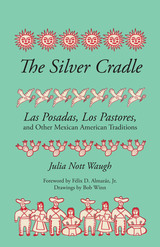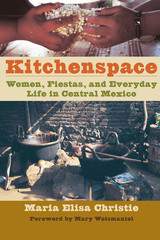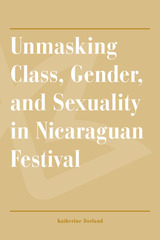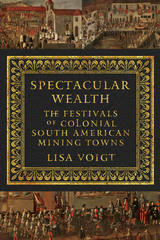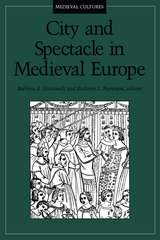eISBN: 978-0-87421-830-5 | Cloth: 978-0-87421-829-9 | Paper: 978-0-87421-849-7
Library of Congress Classification GT4211.M33G32 2011
Dewey Decimal Classification 394.250979676
Held annually, the McCall, Idaho, winter carnival has become a modern tradition. A festival and celebration, it is also a source of community income and opportunity for shared community effort; a chance to display the town attractively to outsiders and to define and assert McCall's identity; and consequently, a source of disagreement among citizens over what their community is, how it should be presented, and what the carnival means.
Though rooted in the broad traditions of community festival, annual civic events, often sponsored by chambers of commerce, such as that in McCall, are as much expressions of popular culture and local commerce as of older traditions. Yet they become dynamic, newer community traditions, with artistic, informal, and social meanings and practices that make them forms of folklore as well as commoditized culture. Winter Carnival is the first volume in a new Utah State University Press series titled Ritual, Festival, and Celebration and edited by folklorist Jack Santino.
See other books on: Change | Community | Community life | Customs & Traditions | Good
See other titles from Utah State University Press
